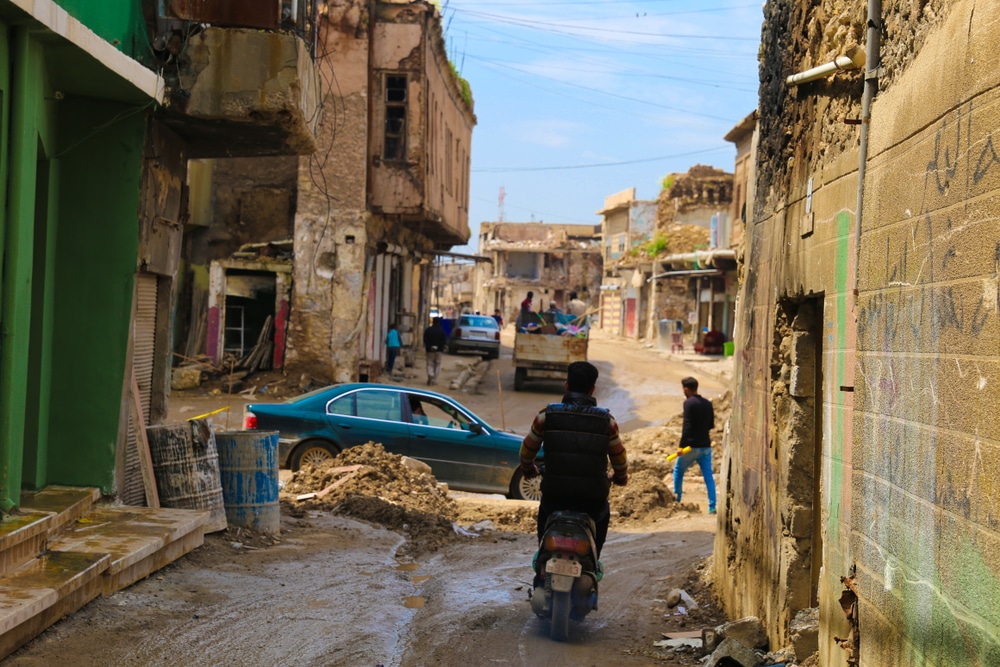“ Professor Walden Bello, co-founder of Focus on the Global South and former Philippines parliamentarian who also serves on our global Advisory Board , explores the many lessons of the past 20 years since 9/11. Disturbing, but necessary reading !
Hazel Henderson, Editor “
Nation-building in Afghanistan and Iraq was the resurrection of a doctrine that should have been buried after Vietnam.
In one of his interviews before the Taliban retook Afghanistan, John Bolton, Trump’s former national security adviser, blamed the American failure in Afghanistan on a change in Washington’s mission from anti-terrorism to “nation building.” In his view, Washington should just have held strategic sites in the country to keep terrorists off balance and not engaged in an ambitious reconstruction of Afghan society.
Bolton, one of the hardline conservatives who served as a high level official in the George W. Bush administration that invaded Afghanistan in response to 9/11, was engaging in what Americans call “Monday morning quarterbacking,” or declaiming in all-knowing fashion what “ought” to have been done. But it was all wishful thinking.
Like all other imperial powers, the US could not just wreck a society and engage in a purely military occupation of Afghanistan. Like all of them, it had to reconstruct a society, if only to reduce the costs of military occupation and give its venture a patina of legitimacy among both Afghans and Americans. And, like all, it could not help but attempt to reconstruct a society in its own image, even if the result was in reality a disfigured or distorted copy of itself.
In the case of the United States, reconstructing Afghanistan and later Iraq in its own image meant trying to create an avatar of American liberal democracy. The term for this process given by American policy makers was “nation-building.” However, a more accurate term to describe the American way of politically managing conquered societies is “liberal democratic reconstruction.”
The Philippines as Paradigm

A Cartoon Uncle Sam carrying weapons, books, and supplies strides toward the Philippines, circa 1900. (Wikimedia commons)
The American experiment in liberal democratic reconstruction dates back not to Vietnam in the mid-20th century but to the U.S. conquest of the Philippines in the last years of the 19th century. As in the case of Afghanistan, it was an afterthought following a brutal suppression of a nationalist movement, which in this case took the lives of an estimated 500,000 Filipinos.
Liberal democratic reconstruction had two objectives: 1) To justify to the people at home an operation that had been undertaken to expand American naval power and acquire a strategic archipelago off the Asian mainland in order to corner the China trade. And 2) to come up with a solution for how to manage a conquered people.
Ironically, to legitimize a colonial war of conquest, Washington came up with a rationale that reflected America’s origins in an anti-colonial, pro-democratic revolution: “to prepare Filipinos for democratic self-rule.” The contradiction was not lost on many Americans, including the writer Mark Twain, but they were overwhelmed by the outburst of nationalist mass hysteria celebrating the U.S. joining the ranks of colonial powers.

